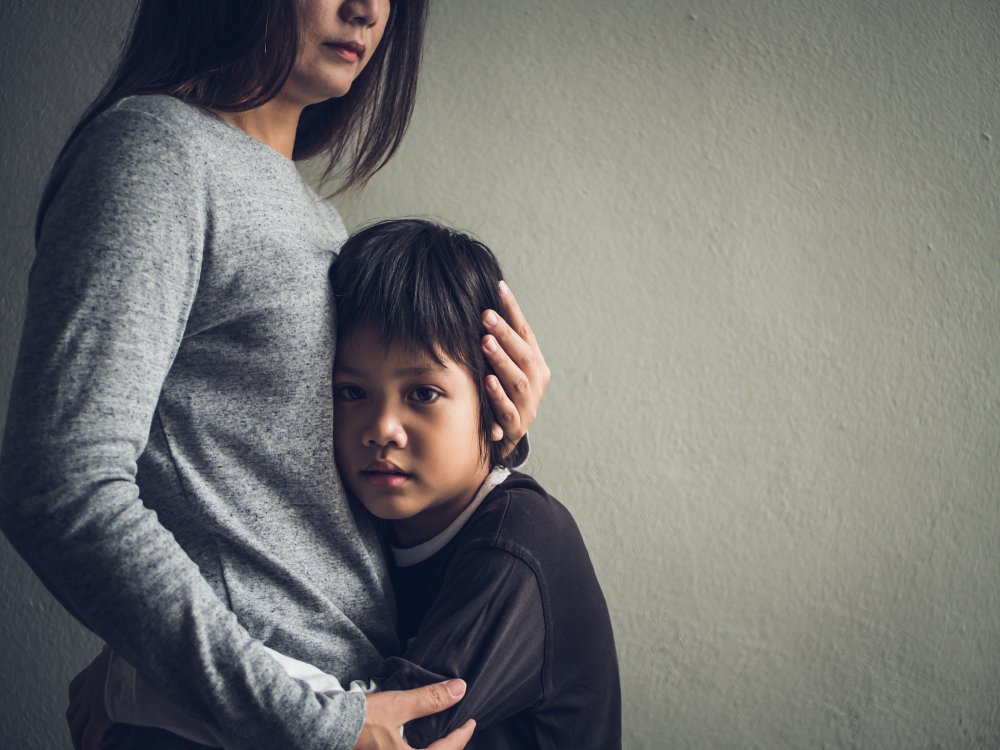
03 Nov Understanding Separation Anxiety
Understanding Separation Anxiety: Tips for Parents on managing Separation Anxiety
Separation anxiety is a common developmental phase for young children, typically occurring between 6 months and 3 years. During this time, kids may become upset when their primary caregiver is not in sight, as they are still grasping the concept that separations are temporary and that their caregiver will come back.
Signs of Separation Anxiety
- Clinginess or reluctance to explore
- Tearful goodbyes at drop-off
- Difficulty sleeping alone
Strategies to Help Ease Anxiety
- Talk Openly: Have conversations about your time apart and what fun activities you’ll do together when you reunite. This can help reassure your child.
- Start Small: Practice brief separations. Gradually increase the duration as your child becomes more comfortable being apart from you.
- Comfort Items: Offer your child a favorite toy or blanket to keep them company during separations. Familiar items can provide a sense of security.
- Listen and Validate: Pay attention to your child’s feelings and concerns. Acknowledge their emotions without dismissing them, which helps them feel understood.
- Introduce New Caregivers Gradually: Spend some time with babysitters or caregivers together before leaving your child in their care. This builds trust and familiarity.
- Keep Goodbyes Short and Positive: When it’s time to say goodbye, do so quickly and with a smile. Reassure your child that you’ll be back soon, maintaining a calm and upbeat demeanour.
By using these strategies, you can help your child navigate separation anxiety more effectively, making transitions smoother for both of you.



Sorry, the comment form is closed at this time.